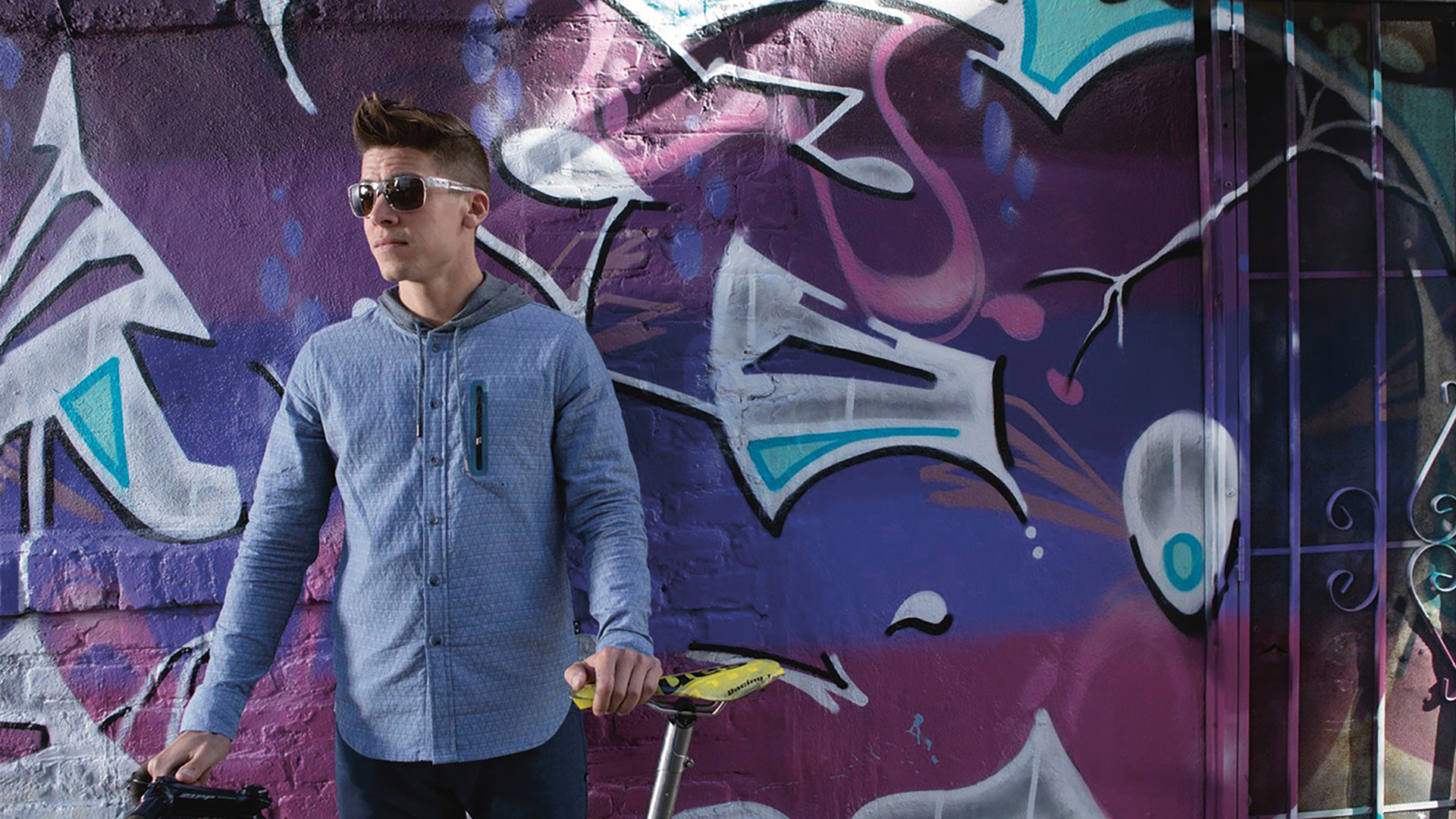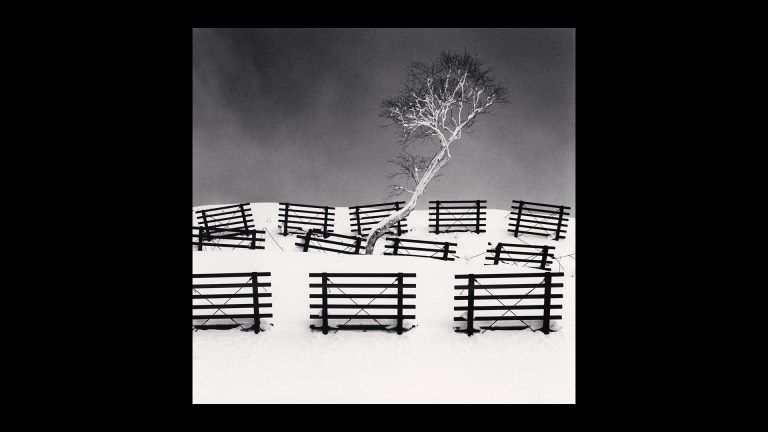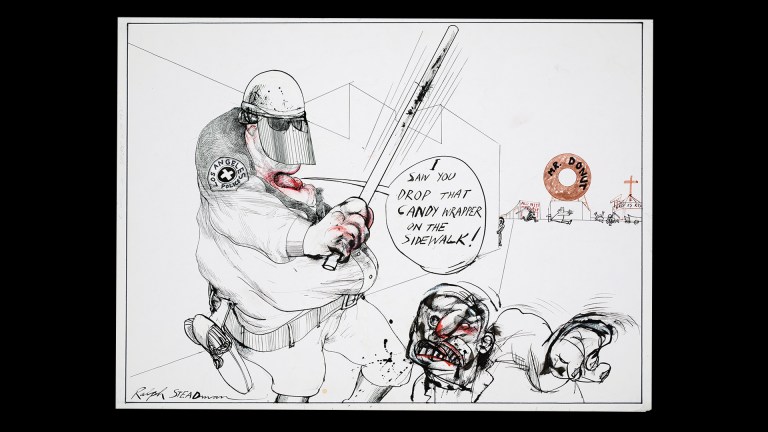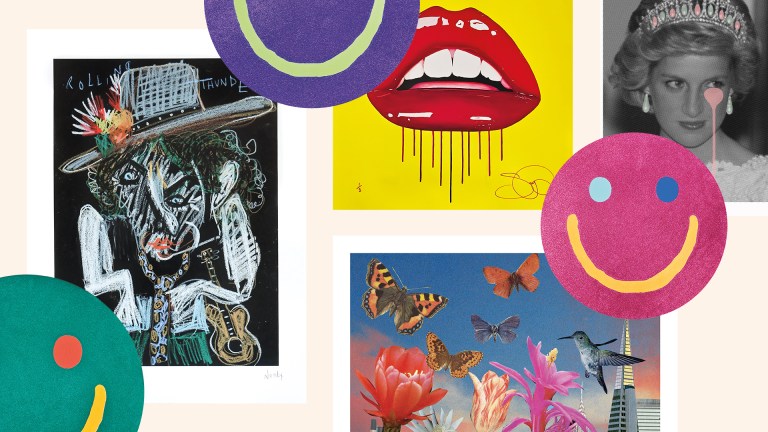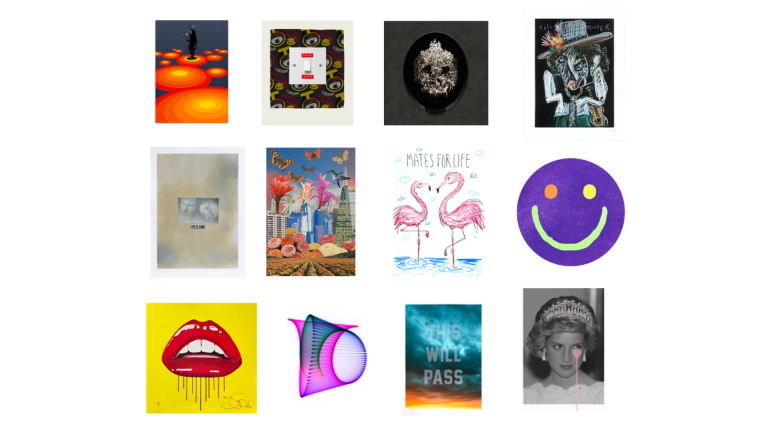He says artists like his clients tend only to work on ‘legal walls’ where they have received permission from building owners. Their artwork is now of such value that owners often recognise the opportunity that one of their pieces on a building represents. This negates any accusations of vandalism and the resulting supposition that a criminal act somehow counters their claim to ownership of copyright.
“Artists of this calibre are either invited to work on the walls they use or they have done a deal with the person who owns the walls,” he says. “So they really are legal walls.”
The aesthetic of street art, its burning sense of rebelliousness and underground cool, is what makes it so appealing to brands. They want to use it in their advertising as they feel it will confer that same iconoclasm to the products they are selling.
The context of use, however, is critical here. For example, having someone photographed in front of a giant mural in designer gear or holding up expensive headphones is seen to be making a direct correlation between that product and that art. The use is obvious, but the steps to protect the artist can be less so.
“Occasionally, brands – or more often their agencies – will not bother contacting the artist and just use their artwork without permission,” says Watt.
“Legally speaking, they’re using copyright – that has been created and is owned by the artist – without permission, which is an infringement of the artist’s exclusive right to exploit that copyright. We will then act for that artist by contacting the brand that has infringed the copyright in their artwork and ask them to pay the artist the fair price they should have paid them in the first place.”
Advertising helps fund Big Issue’s mission to end poverty
He adds: “The fact that brands are also taking advantage of the artist’s own fame means that they may also be able to bring an additional claim for ‘passing-off’. It’s effectively a claim for ‘false endorsement’. It is a really interesting one for lawyers working in this area, and claims like this will increase as street artists get more famous.”
There is one key exception here – namely incidental inclusion of street art in a photograph. It can boil down to interpretation, but it is hard to argue that a model standing directly in front of a piece of street art is anything other than intentional inclusion and therefore drawing on the copyright of the art. But street art on a wall in the distance in a photo, even out of focus or only partially seen, could fall under the incidental inclusion clause.
Copyright law can help protect street artists, but it can also cause complications.
Copyright law can help protect street artists, but it can also cause complications if what they paint incorporates existing works, logos or images for reasons of parody or critique. Watt says a copyrighted work can be used in a “transformative” way in the US but the UK and EU do not have the same ‘fair use’ provisions.
He cites the case in December where the appeals court in Paris ruled that Jeff Koons’ Naked sculpture infringed the photograph Enfants by French artist Jean-Francois Bauret. “That presents street artists, who comment on current events and images with difficulties,” says Watt.
Most legal cases here are settled out of court. Sometimes this is the brand wishing the whole thing would quickly disappear; but equally it can be because the artist in question does not want their identity to be revealed. As such, with no real legal precedents being set in court, the same problems can happen again and again. Let’s call it Groundhog Spray.
Social media petitions have tilted the balance and brands know they can no longer steamroller over artists. In many cases, brands are not doing this with malice – often they are unaware that rights must be cleared here – so it can be a simple case of pointing out what they did wrong and reaching an amicable settlement. The more public disputes there are like the ones with H&M, the more likely brands and agencies will be educated not to do that.
Advertising helps fund Big Issue’s mission to end poverty
Cities like Glasgow and Melbourne are encouraging and fostering street artists and slowly public perception of this work is changing. The “vandalism” line of argument seems woefully anachronistic now and, at its very best, street art is starting to be considered as serious artwork. That will make it more attractive to brands, but equally it will give it more protection against egregious copyright infringements by major corporations.
“You’re going to see lots more artists, like Ben Eine, attaining rock star status where they are well-known, they are very wealthy and everyone wants to be them.” says Watt. “That’s what’s going to happen.”
